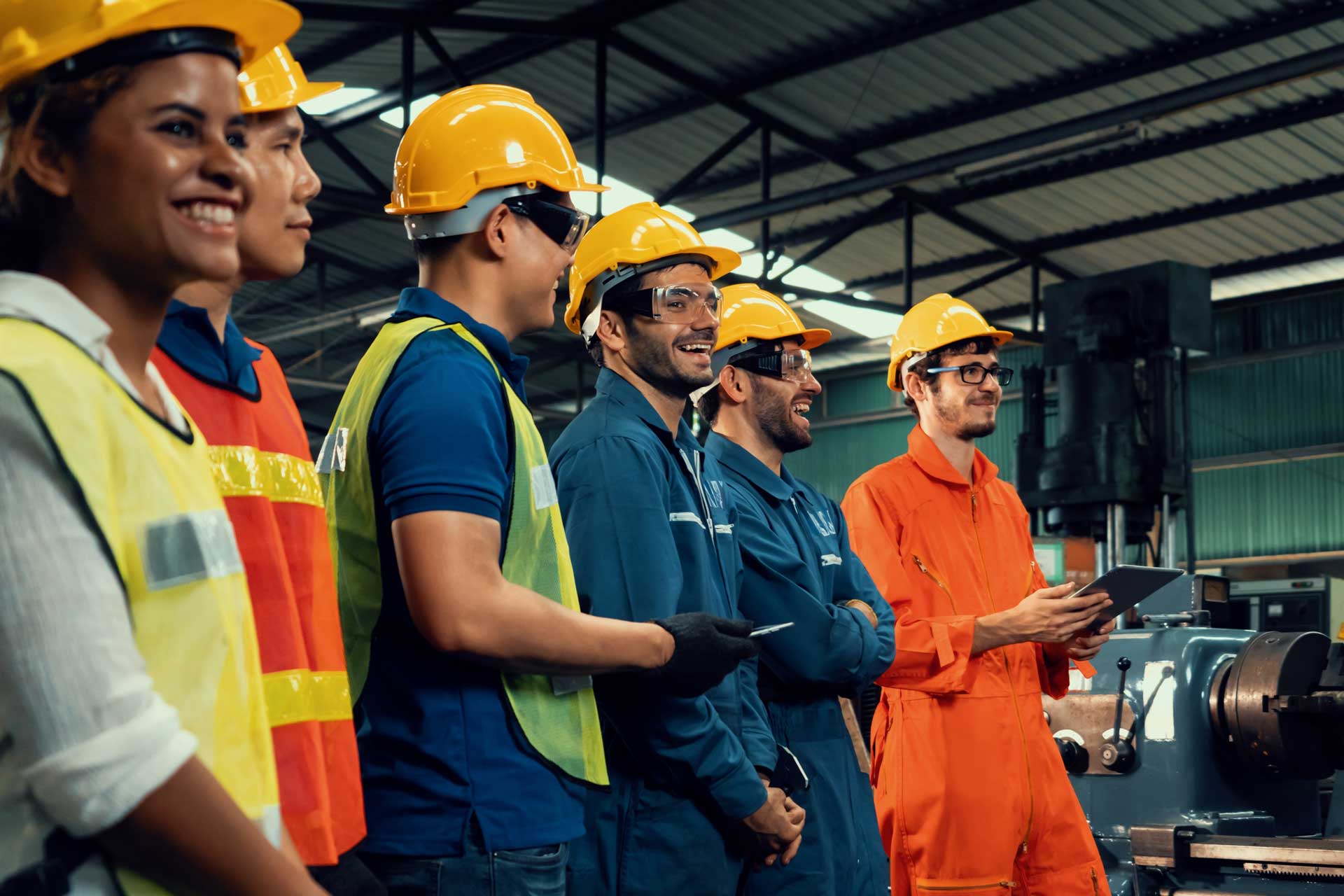The New Year brings with it new opportunities for growth, new projects to begin, and also, new laws to follow. In 2021, New York State passed legislation that went into effect earlier this month, which shifts liability to general contractors for wage theft cases on private construction projects.
Up until now, construction contractors weren’t liable for their subcontractors’ employees’ wages unless there was an employment relationship between the contractor and the employee of the subcontractor. But this law which went into effect Jan. 4, 2022, makes contractors on construction projects jointly liable for wages owed to employees of their subcontractors. It also allows contractors to demand payroll information from subcontractors and withhold payment if the information is not provided. The law exempts home-improvement contracts except for the construction of more than ten one-or two-family owner/occupied dwellings.
Advocates say the law will incentivize general contractors to be more selective in the hiring of subcontractors, with the hope that greater oversight will promote safer working conditions on construction sites and force illegitimate subcontractors out of the industry. Opponents vocalize various concerns about the new law, including the belief that it overcomplicates the process for contractors.
Assembly member Latoya Joyner said, “This legislation protects the interests of hardworking construction workers over unscrupulous subcontractors. Wage theft is a crime of opportunity that disproportionately affects people who are already living paycheck to paycheck.”
The New York State Building & Construction Trades Council, representing more than 200,000 unionized employees, called the bill’s passage a “monumental victory for working people.”
Meanwhile, the Associated General Contractors of New York State, which represents construction employers, oppose the legislation. While the group supports wage theft prevention, they view the legislation unfavorably because it extends liability for up to three years after a project has been completed. The new law “creates an unmanageable level of risk for general contractors,” according to Mike Elmendorf, CEO of AGC NYS. He says it “slows payments to subcontractors, and raises the cost of construction.”
Whatever your stance is, in order to reduce exposure to wage claims under the new law, New York contractors need to act now. It’s a best practice to consider revising standard contracts and developing procedures for collecting the information that contractors are entitled to receive from subcontractors under the new law. Specifically, upon a contractor’s request, a subcontractor must provide:
- Certified payroll records containing “sufficient information to apprise the contractor…of such subcontractor’s payment status in paying wages and making any applicable fringe or other benefit payments or contributions to a third party on its employee’s behalf”;
- The names of all of the subcontractor’s workers (including independent contractors) on a project;
- The name of the contractor’s subcontractor with whom such subcontractor is under contract;
- The subcontractor’s contract start date and duration of work;
- The identity of unions with which the subcontractor is a signatory; and
- Contact information for the subcontractor’s designated contact.
If a subcontractor at any tier fails to provide the above-mentioned information, the contractor may withhold payment otherwise due to that subcontractor. Make sure you are operating at peak financial efficiency by leaving your financial statements, internal auditing, and overall business analyses to a professional and reputable team. At our company, we prioritize developing a positive relationship that helps you prepare for the future and all of the uncertainty that comes with it.
Sources: Governor.NY.GOV, NYSenate.Gov











